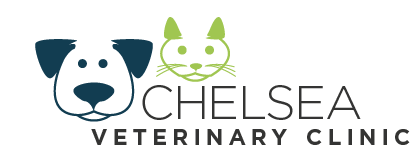Antifreeze Poisoning
 Ethylene glycol, the main constituent of antifreeze is an infrequent poison for both dogs and cats in cooler regions of Australia. It is hardly surprising the highest incidence of reported cases occurs during the winter months.
Ethylene glycol, the main constituent of antifreeze is an infrequent poison for both dogs and cats in cooler regions of Australia. It is hardly surprising the highest incidence of reported cases occurs during the winter months.
Why are cats and dogs poisoned with ethylene glycol?
Cats and dogs are attracted to the sweet taste of ethylene glycol. Many will voluntarily drink antifreeze if it is spilled or leaks on to garage floors or driveways and are more than ready to lick the product from contaminated paws and coats. The main source of poisoning is the jug of antifreeze left on the garage shelf for instant top up purposes on cold winters' mornings.
What are the signs of antifreeze poisoning?
This depends on the quantity of ethylene glycol ingested. A small quantity of concentrated antifreeze can result in signs within an hour. These involve depression, incoordination and vomiting. Sometimes there is excessive thirst and urination. These signs can be followed by muscle twitching and, in 12-24 hours, acute renal failure resulting in minimum urine production, depression, often with vomiting and excessive salivation. Seizures and death can quickly follow due to increasing uraemia.
What can I do?
If you have any suspicion that your dog or cat may have been in contact with antifreeze, contact us without delay.
 Are there specific tests you can do?
Are there specific tests you can do?
Ethylene glycol is converted in the body to toxic products which cause irreversible damage to the kidneys. Blood tests will show the extent of this kidney damage and in addition a simple urine test will detect the presence of oxalate crystals which are one of the products formed after ingestion of the poison.
Is there an antidote?
Provided diagnosis is made before there is irreversible kidney damage, drugs are available to combat the ethylene glycol in the bloodstream. Within hours of ingestion ethylene glycol is converted into products including calcium oxalate. This is why it is so important to contact us without delay if you have any suspicions. If calcium oxalate crystals are detected in the urine, there is a history of possible antifreeze poisoning and signs of kidney damage from the blood tests, intensive care (provided this is started before too much damaged has occurred) involving intravenous fluids will often result in improvement in a very short time.
© Copyright 2025 LifeLearn Inc. Used and/or modified with permission under license. This content written by LifeLearn Animal Health (LifeLearn Inc.) is licensed to this practice for the personal use of our clients. Any copying, printing or further distribution is prohibited without the express written consent of LifeLearn. This content does not contain all available information for any referenced medications and has not been reviewed by the FDA Center for Veterinary Medicine, or Health Canada Veterinary Drugs Directorate. This content may help answer commonly asked questions, but is not a substitute for medical advice, or a proper consultation and/or clinical examination of your pet by a veterinarian. Please contact your veterinarian if you have any questions or concerns about your pet’s health. Created on Jul 8, 2015.
